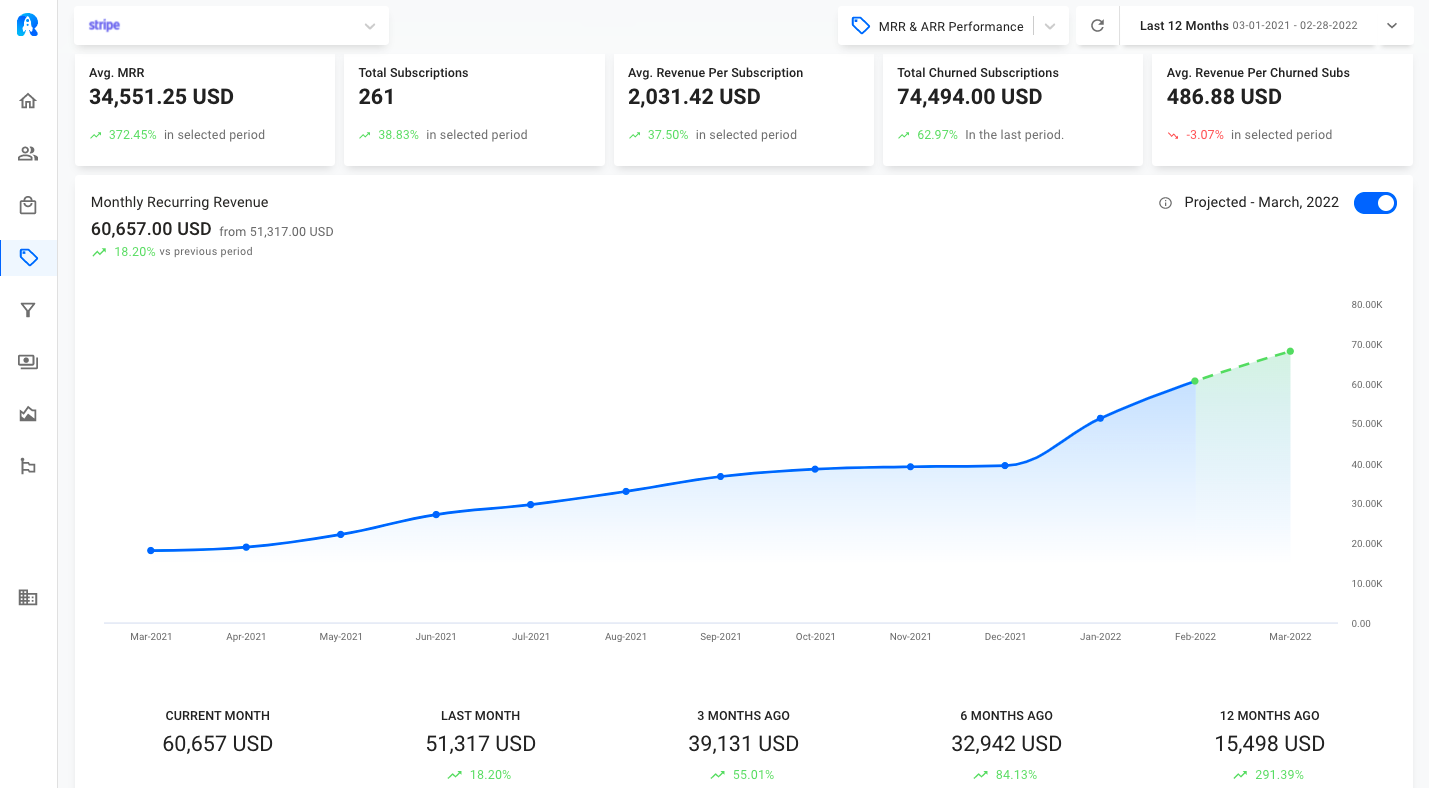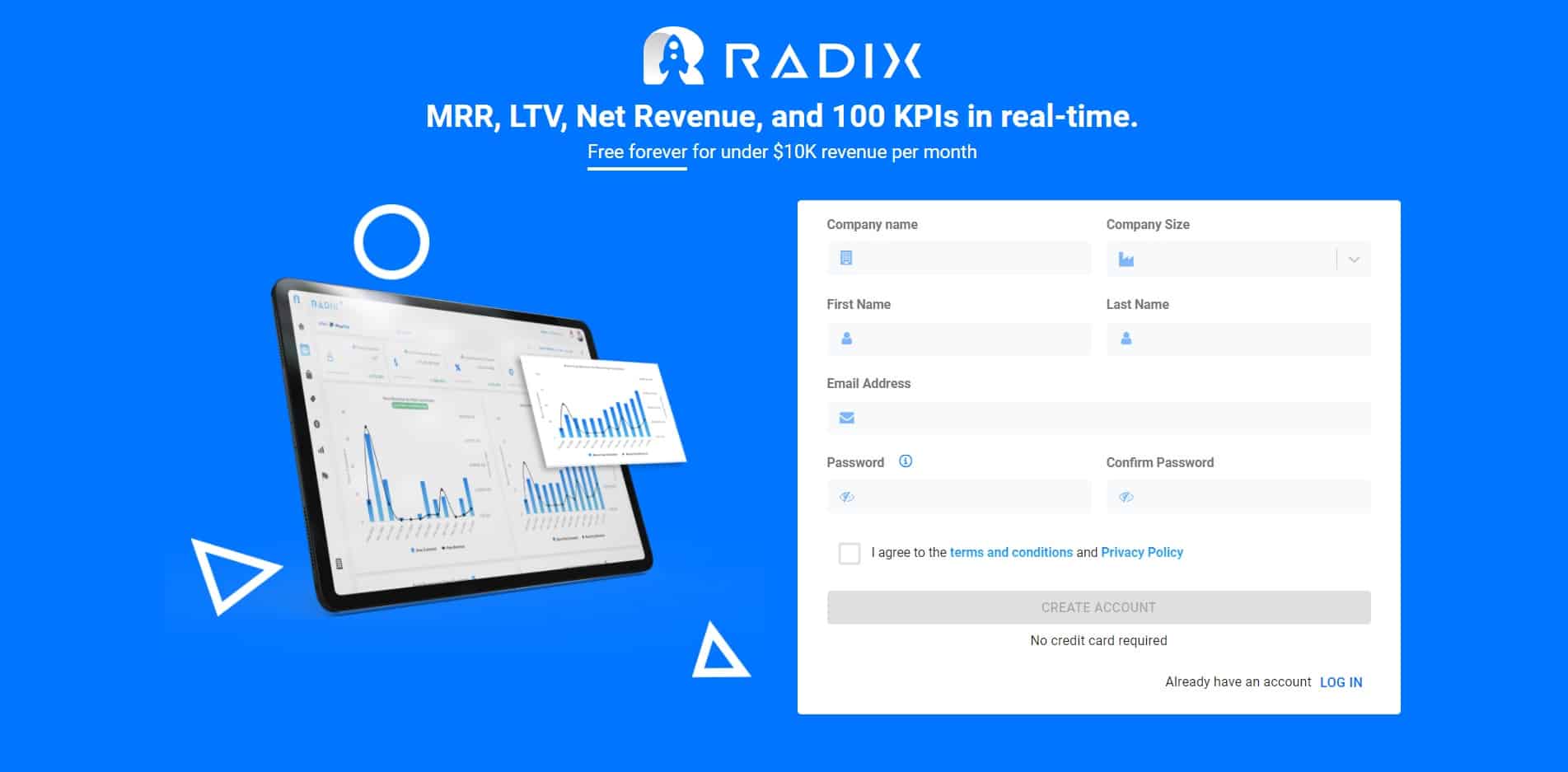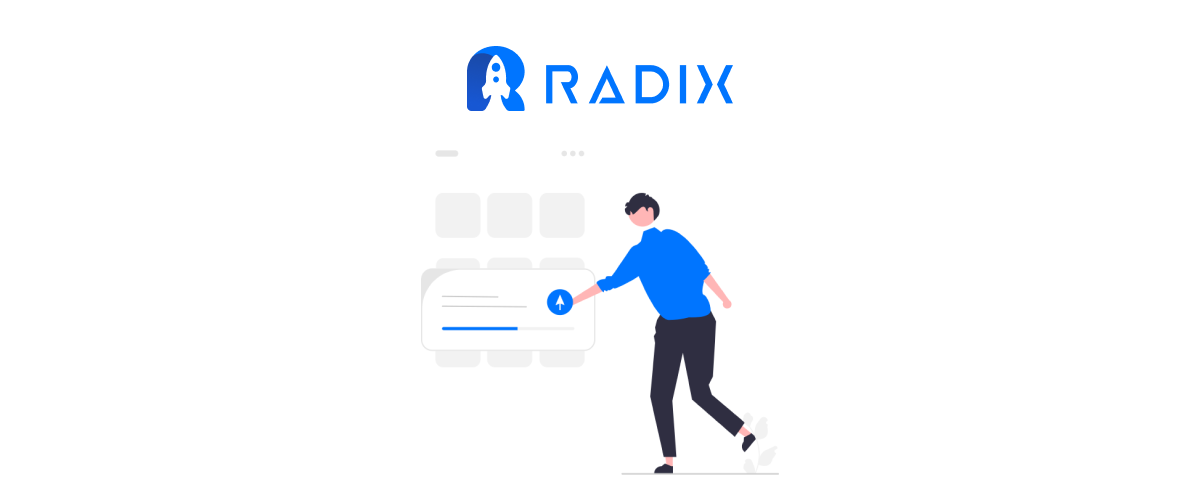Customers are constantly under attack from the next big thing. And if you aren’t placing bets on the right upgrades, your future is short-lived. You have to develop a customer upgrade strategy — for your business, for your product or service — that increases revenue.
We all know that keeping a client is less expensive than acquiring a new one. For the same reason, it’s better to concentrate your sales efforts on those who are already familiar with the product.
SaaS companies invest a lot of time and money persuading new customers to join up, but they frequently fall short when it comes to pushing upgrades.
Today, I’ll discuss how you may persuade more customers to upgrade.
Why Customer Upgrade does not happen
Customers will not feel forced to upgrade simply because they have been using the product for some time. They must realize how the update adds value to their life. There are 3 reasons why they don’t recognize the benefit.
-
Upgrading will not add much value to their lives.
There are two ways to look at this: either the upgrade doesn’t provide any value, or the customer already receives so much from the lower tier that you’ve solved all of their problems. More money spent will not correlate to more value offered in any instance, therefore they will not upgrade.
If this is your dilemma, you’ll have to start over. Change your product such that it provides value in proportion to the price you wish to charge.
-
They were simply looking for freebies in the first place.
“Zombie customers” are people who sign up for every free product they come across. They had no intention of purchasing your product in the first place. If your SaaS has a free tier, you probably have a lot of them (everyone does).
Freebie hunters are generally the first to leave, which is a good thing. They don’t intend to spend any money, so it’s best if they don’t take up any of your time or resources.
-
You haven’t effectively proved the value.
Most SaaS businesses are in this situation. Their product does bring value, but they haven’t shown it to their customers. To tackle frequent issues and encourage customers to return to the software, employ email sequences prompted by user behavior.
Change your Pricing Model to Encourage Customer Upgrade
You’re a company, therefore if I asked how much you wanted to charge for your product, you’d say “as much as my customers will pay.” I get the emotion, but that isn’t a wise approach to pricing.
Pricing is highly influenced by value. Don’t price your SaaS as what it costs you plus a markup. Pricing should be based on the value you deliver to the user. Are you helping them save money? Do you want to save time? What are those values to your customers? Consider your rivals’ price, but don’t try to replicate it.
The cheapest option isn’t necessarily the best one. A higher price may not necessarily discourage customers. According to a marketing study, when purchasing a product, individuals examine three factors: price, quality, and value – in that order.
This indicates that pricing has an impact on the other two factors of the evaluation. If a customer thinks the price is cheap, they will believe the quality and value are equally low. They will think that if the price is high, the quality and value are also high. The exception here is when they already know the price isn’t worth the value.
Do not be afraid that if you raise the price, no one will buy your product. You may be increasing the value in the eyes of your buyers.
Provide a Free Trial
Free trials are not a novel concept. When you purchase a car, you go for a test drive. When you buy a pair of shoes, you first walk around in them. On weekends, you may eat a whole dinner from several grocery shops’ free sample kiosks.
Businesses provide free trials because they are effective.
According to research published in Information Systems and e-Business Management, free trials not only persuade users to buy, but they also increase the customers’ feelings about the product once they acquire it. “The findings indicate that the trial experience affects post-trial beliefs and attitudes.”
Once the user has signed up, start firing your marketing bullets. There is no hotter lead than a customer who is actively using your product. Use marketing emails and in-app prompts to increase engagement.
Frequent usage of the product equals a higher likelihood of customer upgrade and a lower likelihood of churn.
Your Essential Functionality Should Be Limited
It’s critical to maintain your essential features accessible to all of your users.
They’re less likely to upgrade to your plan’s higher levels until they’ve had a chance to experiment with those features.
You can’t, of course, give everything away. The key is to limit the use of your best features. To unlock them for full access, the user must upgrade. Create fake obstacles to keep your customers from obtaining too much value for free.
Include Trust Signals
A trust signal is an indicator that your product is safe to use.
Even though they come from the source (which is a bit of a conflict of interest), individuals find them reassuring.
Use trust signals on your landing pages, pricing pages, sign-up forms, sidebar banners, checkout pages, and throughout your application.
You may even dedicate an entire page to trust-building on your website.
Here are some examples of trust symbols to consider:
- Testimonials from well-known individuals
- Ordinary people’s testimonies
- Certifications in the industry
- Counters for social media (“15K people like this!”)
- Money-back assurances
- Well-known company logos/names that use your product
- Credit card logos
- guarantees that “your data is secure”
Offer In-App Messaging
People don’t upgrade for a variety of reasons, one of which is that they are unaware of the other features that provide value.
You shouldn’t expect your customers to use anything other than the product itself.
Any widget, popup, overlay, product tour, explainer video, tooltip, or hand-holding onboarding process should take place within the app or be forwarded to the user’s email account.
High-touch processes that rely on phone calls and face-to-face contacts are exempt.
It’s also beneficial to have a live chat option included in your platform. If a customer is on the fence about upgrading, this provides them the opportunity to ask questions about the product. Simply ensure that someone responds to these.
Track & Analyze Conversion Activities
To build a good customer upgrade plan is important to identify patterns, and track why customers are converting.
A conversion activity is an action taken by lower-tier (or free) customer before upgrading.
Essentially, you look at everyone who upgraded and ask, “What do they have in common?” “How have they all reacted?” This is an important metric since it informs you about what your customer’s value. What happened to make people think, “I need more of this, even if it’s expensive”?
Assume you sell customer relationship management software.
You have a “groups” function that allows users to organize their connections into divided groups. After separating their contacts into categories, you see that the majority of your customers upgraded to the next tier of your plan.
For whatever reason, this feature persuaded them that the product was worthwhile to spend extra money on.
In this instance, you’d have two options.
To begin, modify your onboarding process to encourage customers to use the grouping option after importing their contacts. Second, talk to some customers who have just upgraded and ask them why they thought the feature was useful so you can learn as much as possible.
Once you’ve identified conversion actions, combine them to form an activation funnel. Activation is the first time a user receives value from your product. The phases leading up to the activation point are represented by the funnel. Sync this funnel with your onboarding process to get users to the good stuff: value.
Identify trends and patterns of your SaaS or eCommerce to be able to make decisions based on data in real-time. Improve your customer upgrade plan with Radix.


To Wrap Up…
Your most important responsibility is to demonstrate the value of your product to the customer. Do so through regular and clear messaging, thorough onboarding, and a willingness to be available to the customer.
If you can make the value obvious, you’ll be able to quickly transition people from free to paid tiers or from paid tiers to higher-priced tiers.
Read More:
Churn Analysis in SaaS Business
What Is Customer Acquisition Cost (CAC)?
How to Effectively Convert Free Trial Users into Paying Customers in SaaS?





